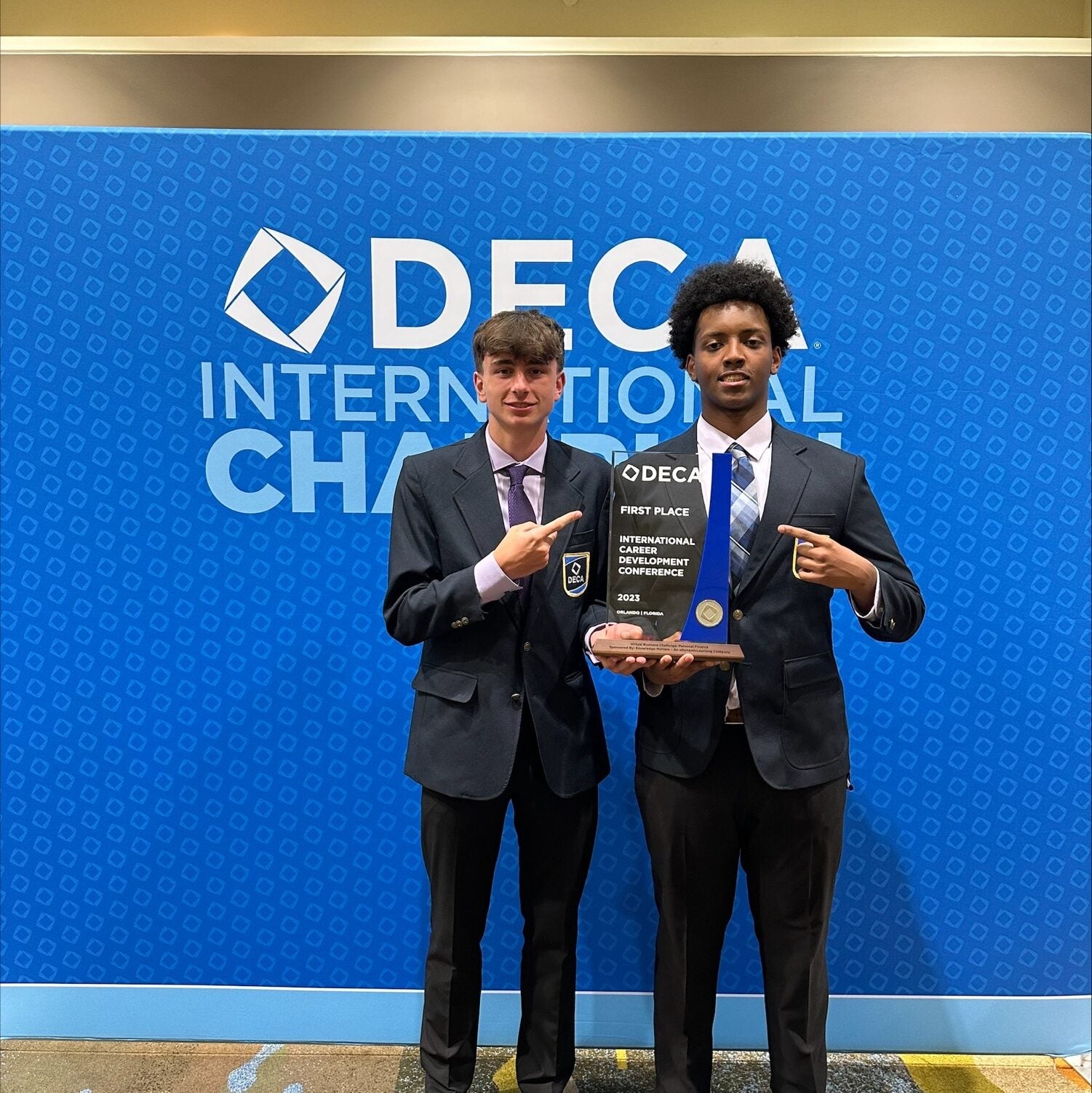Financial Literacy
CTE Financial Literacy
Seattle Public Schools Career and Technical Education is committed to collaborating with other departments to provide students with foundational knowledge required to save, protect, and safely grow their wealth. Below is an overview of the financial literacy for K-12 students in Seattle Public Schools and links to resources for interested educators, administrators, and families.
Elementary School
The early bird gets the worm! In elementary school, students start to learn money recognition– identifying different coins, bills, and understanding their values. Basic math including addition, subtraction, and division are taught in the context of counting money. At this age, students need to begin to identify their needs (essentials such as food, clothing, and shelter) versus their wants (a new toy or game) in the context of money. Students also begin to learn the basic principles of saving and how money can grow over time. Below are resources for educators or administrators interested in learning more! For grades K-2, educators may be interested in Sesame Street financial activities.
Middle School
During Middle School as students’ math skills advance, activities involving budgeting and helping students prioritize how to allocate their money for different purposes. Students can begin to conceptualize budgetary constraints and create hierarchies of need to prioritize their spending. Students begin to think about careers, exploring CTE classes in tech, media arts, and more and learning about different ways that people can earn money. Middle School students may also learn about the basic concept of banks and the role they play in keeping money safe. Looking for activities for your middle school student, classroom, or school? See below!
High School
During High School, students begin to understand the current economy in greater depth. They have access to a series of advanced accounting and economics classes and begin to plan for post-secondary life (college, career, apprenticeship, military enlistment). In addition to student loans and simple interest, students should understand credit and advanced budgeting.




